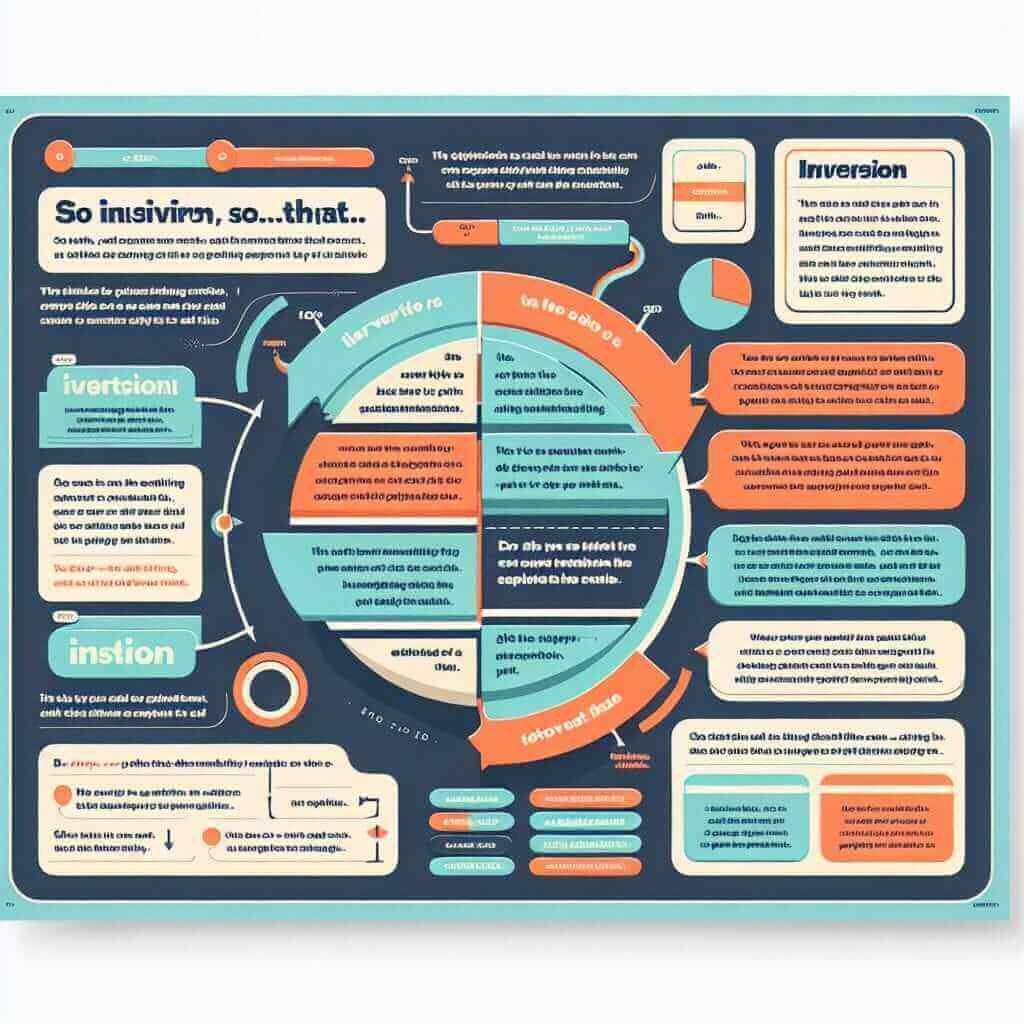The phrase “so vivid was the description that…” might sound like something straight out of a Jane Austen novel, but believe it or not, it’s a grammatical structure that can significantly elevate your IELTS writing score. This structure, known as inversion, is not only grammatically sophisticated but also adds a touch of elegance and emphasis to your sentences.
Let’s look at a few examples of how this structure can be used in different parts of the IELTS exam:
- Speaking (Part 2): Describe a book you recently read. “The author’s writing style was so captivating, so vivid was the description of the protagonist’s childhood home that I felt transported back in time.“
- Writing (Task 1): Describe a process diagram showing the production of coffee. “After the drying process, the beans are roasted. So important is this stage that it determines the final flavor profile of the coffee.“
- Writing (Task 2): Discuss the importance of preserving cultural heritage sites. “These landmarks offer us a tangible connection to our past, and so vital is their preservation that we must consider it a collective responsibility.“
As you can see, this structure allows for a more emphatic and engaging delivery of information. Now, let’s delve deeper into understanding and using it effectively.
Understanding Inversion with “So… that…”
Inversion is a grammatical tool where the normal word order of a sentence is reversed for emphasis. Typically, a sentence follows the Subject-Verb-Object order. However, with inversion, the auxiliary verb comes before the subject.
In the case of “so…that…”, we use inversion to highlight the intensity or effect of something. The general structure is:
So + adjective/adverb + auxiliary verb + subject + main verb + that + clause
How it Works:
- “So + adjective/adverb”: This part emphasizes the quality or degree of something. (e.g., so captivating, so vivid, so crucial)
- “Auxiliary verb + subject + main verb”: This is the inverted part, highlighting the significance of the adjective/adverb.
- “That + clause”: This explains the result or consequence of the emphasized quality.

Achieving a Band 7+ with Inversion
To score a Band 7 or higher in IELTS Writing, you need to demonstrate a wide range of grammatical structures accurately and appropriately. Using inversion with “so…that…” demonstrates:
- Grammatical Range and Accuracy: Shows your ability to use complex grammatical structures correctly.
- Lexical Resource: Allows you to use more sophisticated vocabulary to express emphasis and cause-and-effect relationships.
- Coherence and Cohesion: Creates a more natural and impactful flow of ideas within and between sentences.
Examples in IELTS Writing:
Task 1 (Describing a graph showing increased tourism):
- Without inversion: The increase in tourism was very significant, which resulted in a boost to the local economy.
- With inversion: So significant was the increase in tourism that it led to a substantial boost in the local economy.
Task 2 (Essay discussing the benefits of learning a new language):
- Without inversion: Learning a new language is very beneficial for cognitive development because it improves memory and problem-solving skills.
- With inversion: So beneficial is learning a new language for cognitive development that it demonstrably enhances memory and problem-solving skills.
Common Mistakes and How to Avoid Them
While inversion can be a powerful tool, it’s important to use it correctly to avoid grammatical errors. Here are common mistakes:
-
Incorrect Word Order: Ensure the auxiliary verb comes before the subject.
- Incorrect: So vivid the description was that…
- Correct: So vivid was the description that…
-
Overuse: Using inversion too frequently can make your writing sound unnatural. Use it sparingly for emphasis.
-
Misplaced Emphasis: Make sure the emphasis created by the inversion is relevant and logical within the context of your sentence and paragraph.
Conclusion
Mastering grammatical structures like inversion with “so…that…” is key to achieving a high score in IELTS Writing. Remember to practice using it correctly in various contexts and be mindful of the potential pitfalls. With consistent effort, you can confidently incorporate this sophisticated structure into your writing and impress the examiners.